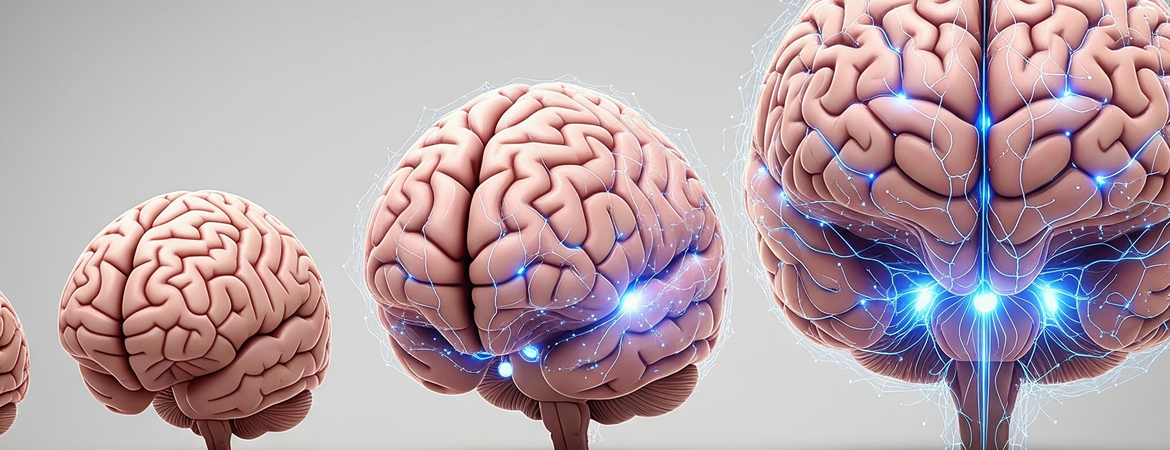
Introduction:
What's the Paper About? Imagine you're in charge of building a city. You have all the workers (cells) and blueprints (genes) you need. But what if some workers start working too slowly or some blueprints go missing? The city won't grow as planned. This research is like that city, but instead of workers and blueprints, there are brain cells and the genes that control their growth.
Scientists wanted to learn how two important genes, NMD and TRP53, work together to help brain cells grow and divide properly during brain development. When these genes don’t work correctly, it can lead to problems like a smaller brain, a condition called microcephaly.
The Role of NMD:
How Does NMD Work? NMD is like a quality control officer in a factory. Its job is to find and destroy faulty instructions (mRNAs) that could mess up the production of important parts (proteins) in the cell. But NMD doesn’t just get rid of mistakes—it also helps manage the normal production line to make sure everything runs smoothly.
In the brain, NMD helps cells divide and grow at the right speed. If NMD isn’t doing its job, the cells take longer to grow, leading to fewer brain cells overall, which makes the brain smaller.
The Role of TRP53:
What About TRP53? TRP53 is like a safety inspector in the factory. It checks if the cells are growing correctly and can even stop them if something goes wrong. Normally, this is a good thing because it prevents mistakes from spreading. But if the safety inspector is too strict, everything is slowed down too much.
What the Scientists Discovered:
When Things Go Wrong. The scientists found that when NMD is turned off, brain cells don’t grow properly, leading to a smaller brain (microcephaly). But here's the interesting part: when they also turned off TRP53, the brain cells started growing normally again, even though NMD was still turned off. It’s like removing both the quality control officer and the safety inspector allowed the workers to get back to work.
The Experiments:
Testing the Theories. To figure out why this happened, the scientists did a bunch of experiments on mice. They removed the NMD gene in some mice and saw that their brains were smaller. Then, they removed both NMD and TRP53 genes and noticed that the brains were closer to normal size. This showed that these two genes are connected, and that one can compensate for the loss of the other.
Conclusion:
Why Is This Important? This research is important because it helps scientists understand how our brains develop and what can go wrong if certain genes don’t work properly. It might also help scientists find new ways to treat brain disorders or developmental problems in the future. Imagine if you could tweak the way your city’s workers and inspectors work together to fix problems before they get too big—that’s what this research is trying to do for our brains.
Analogy Recap:
NMD = Quality control officer in a factory.
TRP53 = Safety inspector in a factory.
Brain cells = Workers building the city (brain).
Microcephaly = The city ends up smaller because there weren’t enough workers.
Final Thought:
Understanding these two genes is like figuring out the best way to manage both quality control and safety inspections in a factory. When done right, the process leads to a healthy, properly-sized brain.